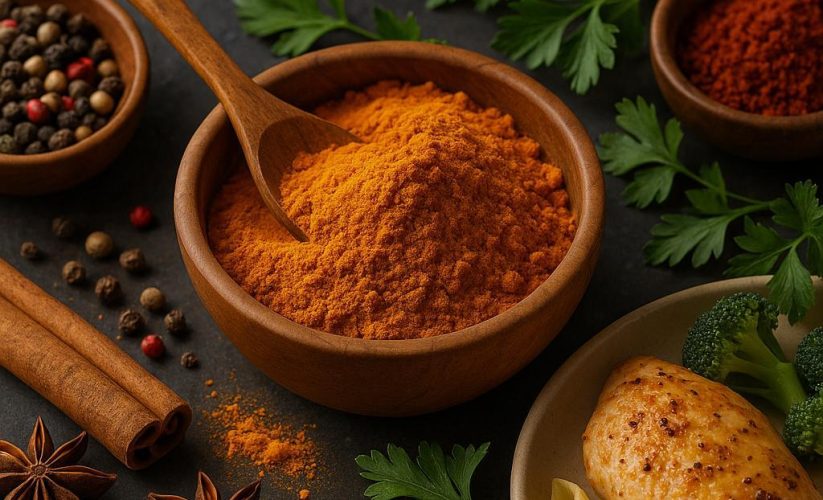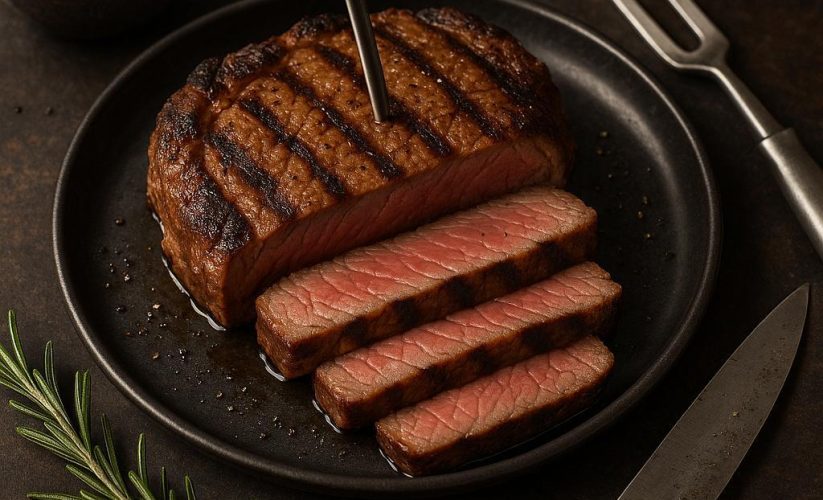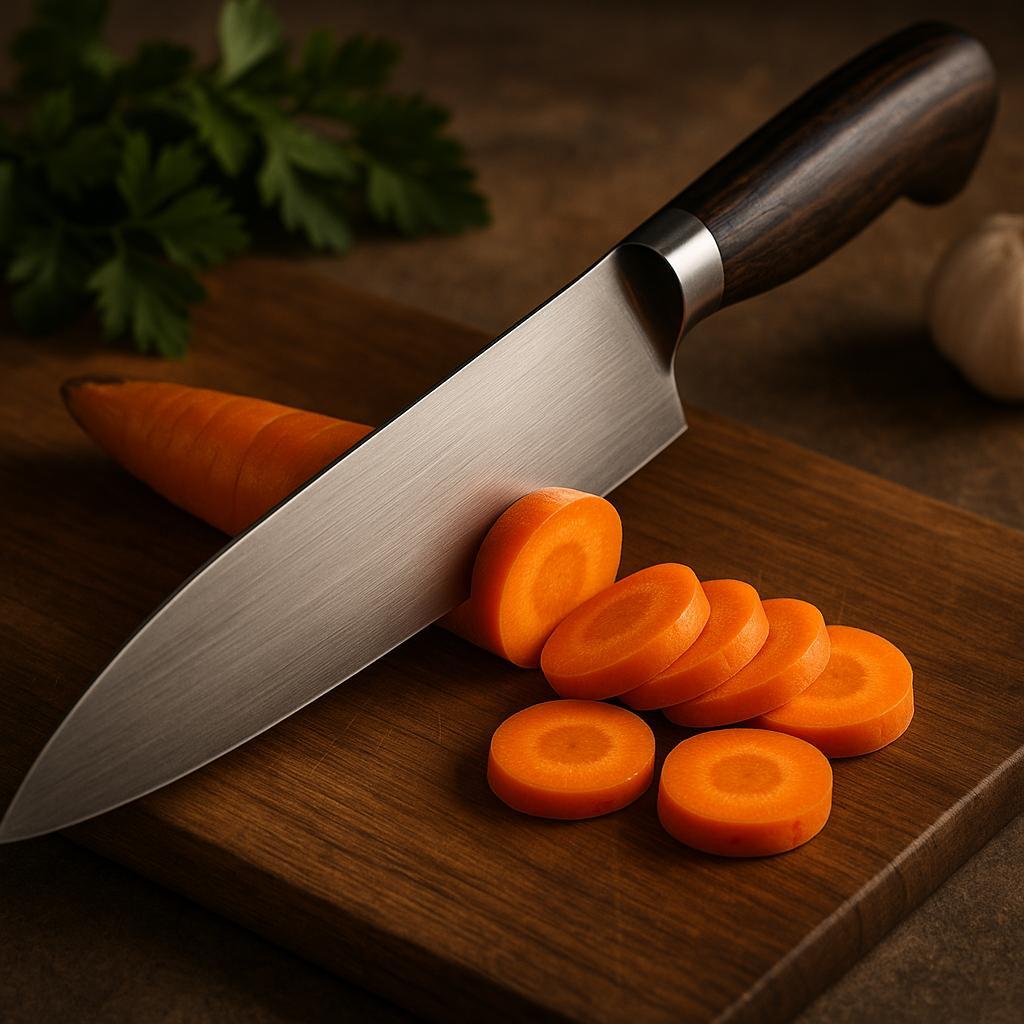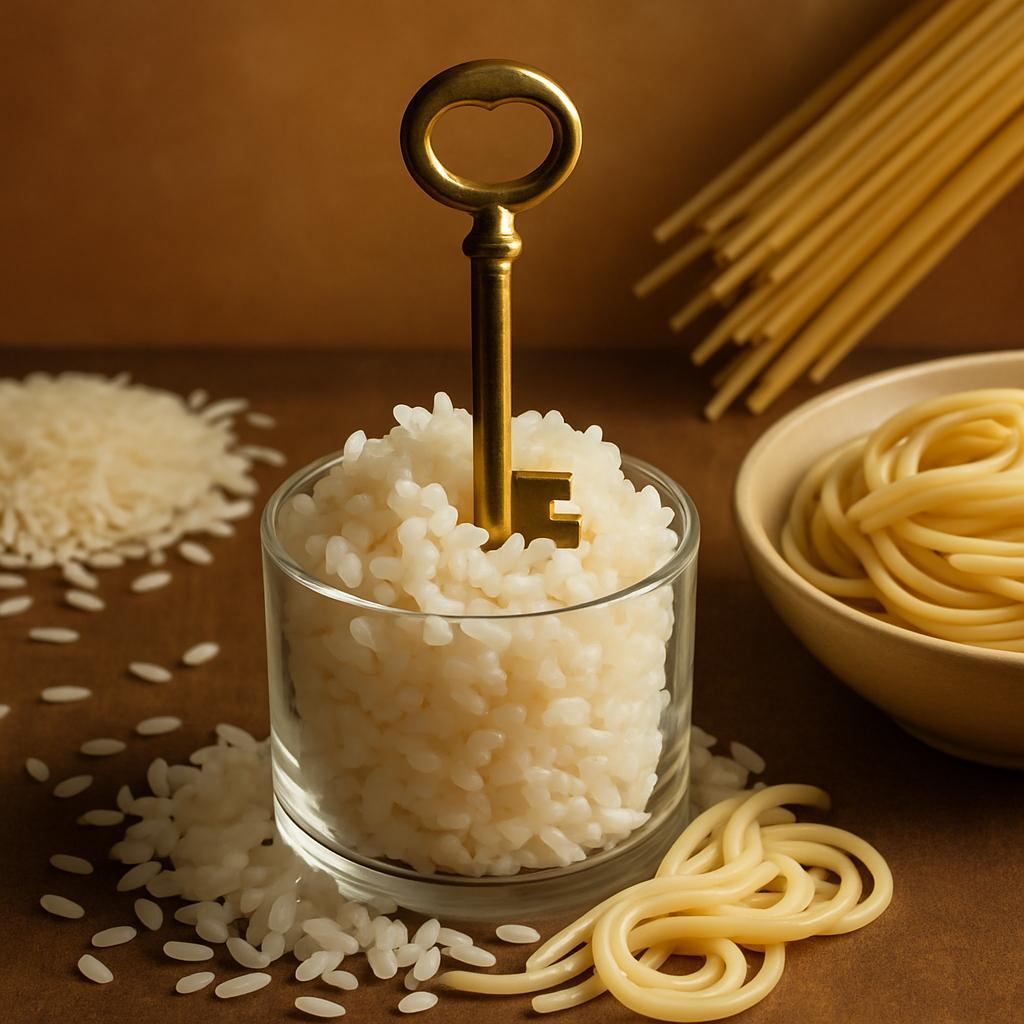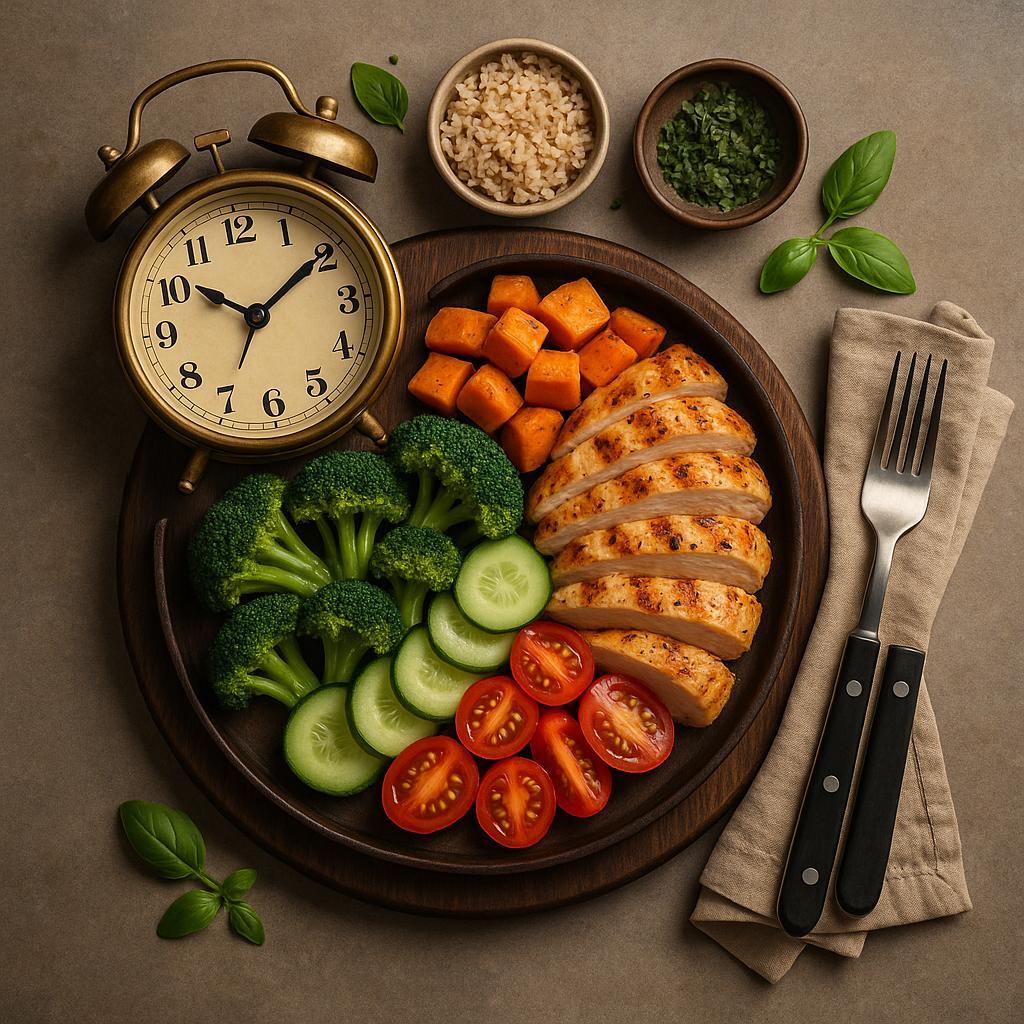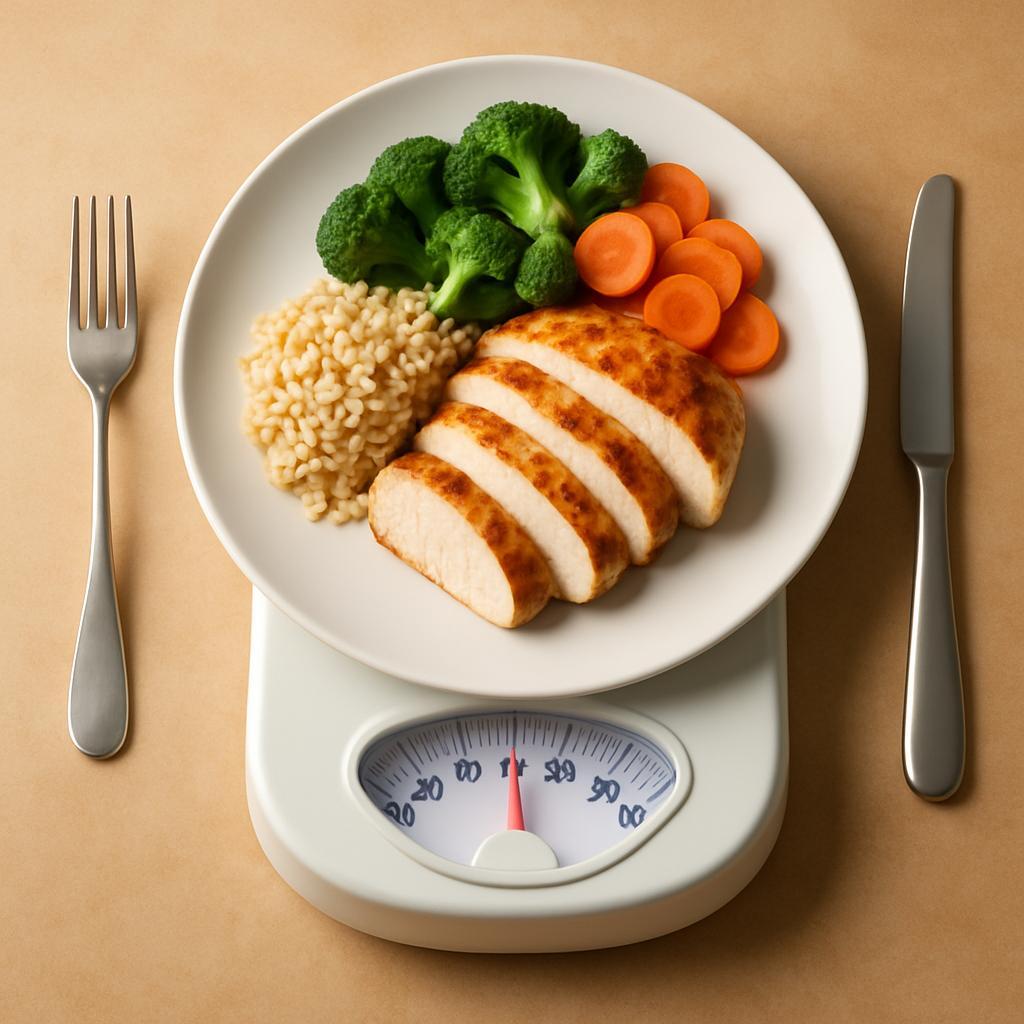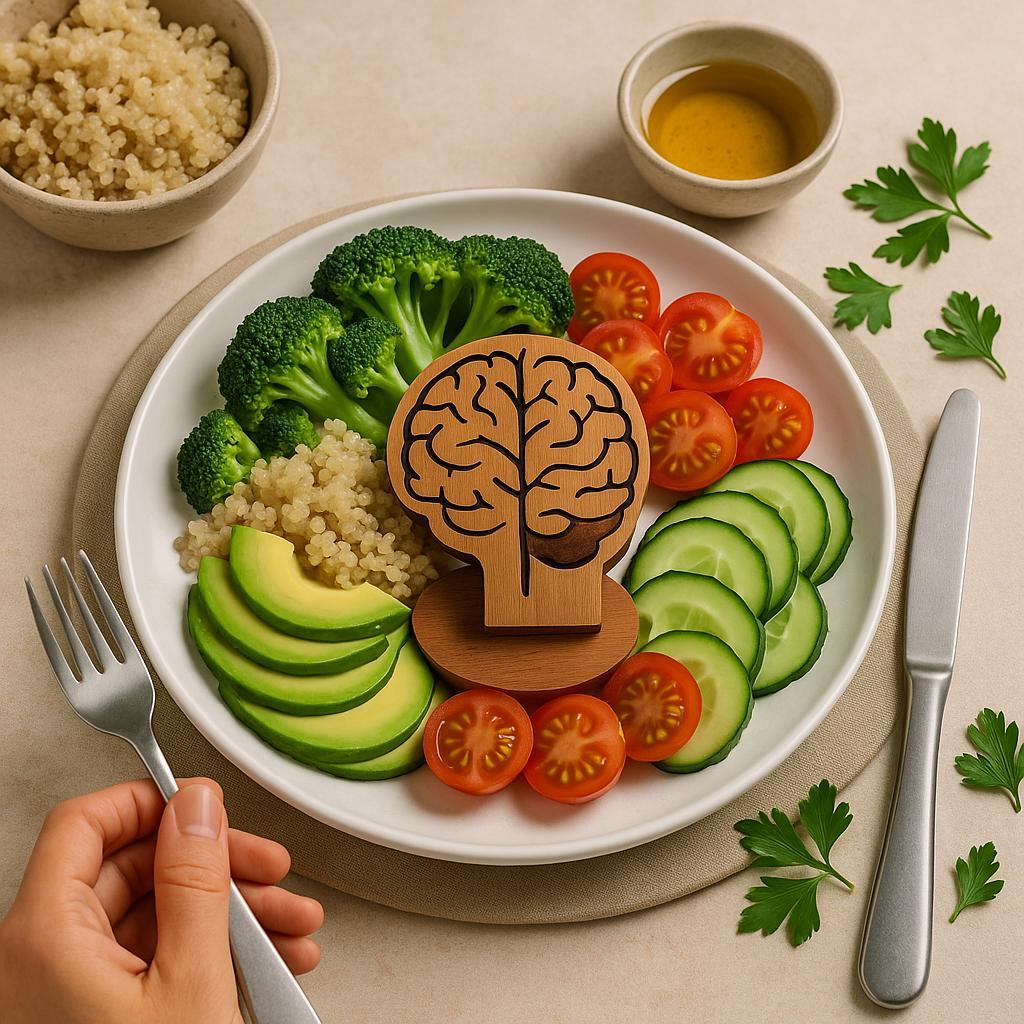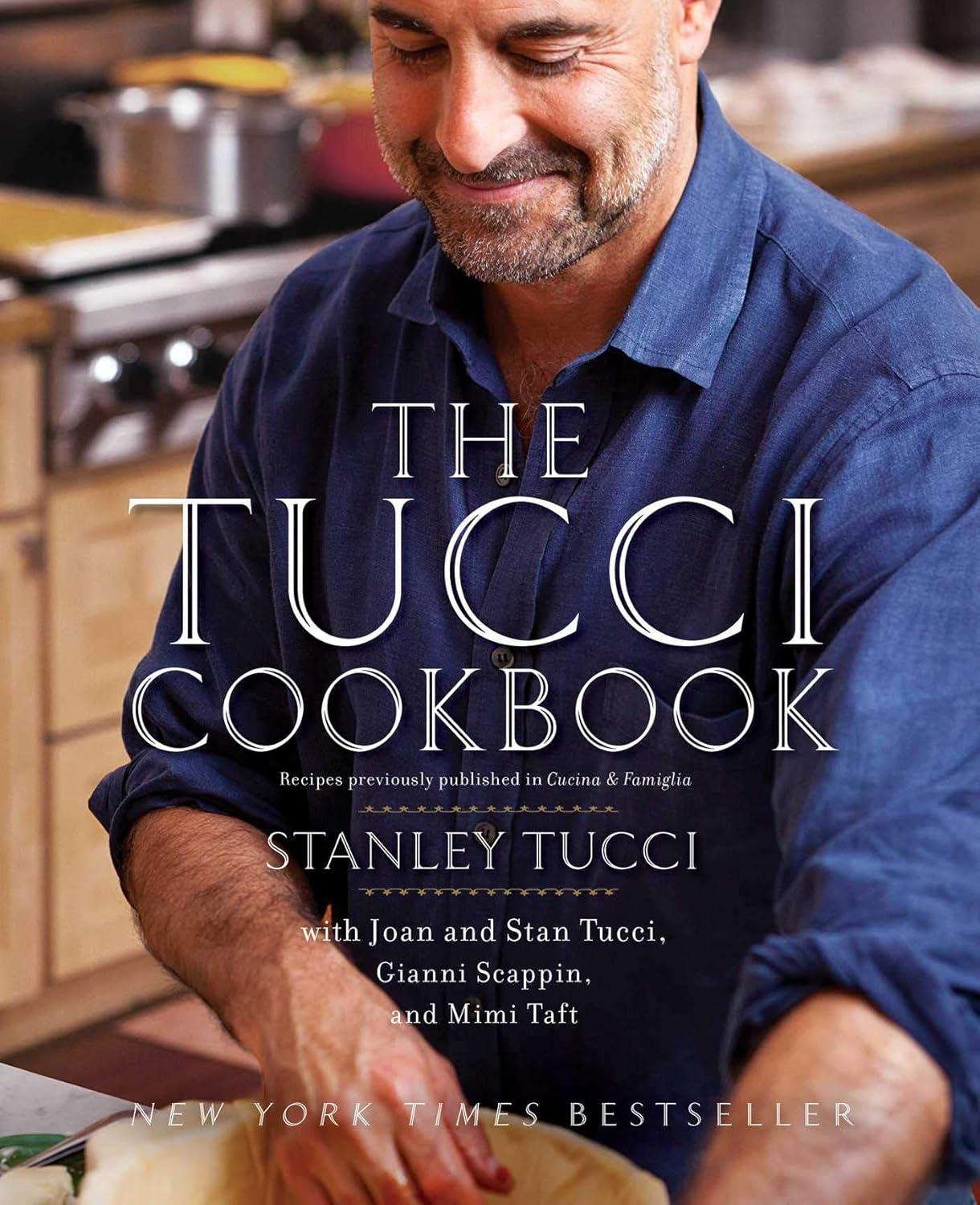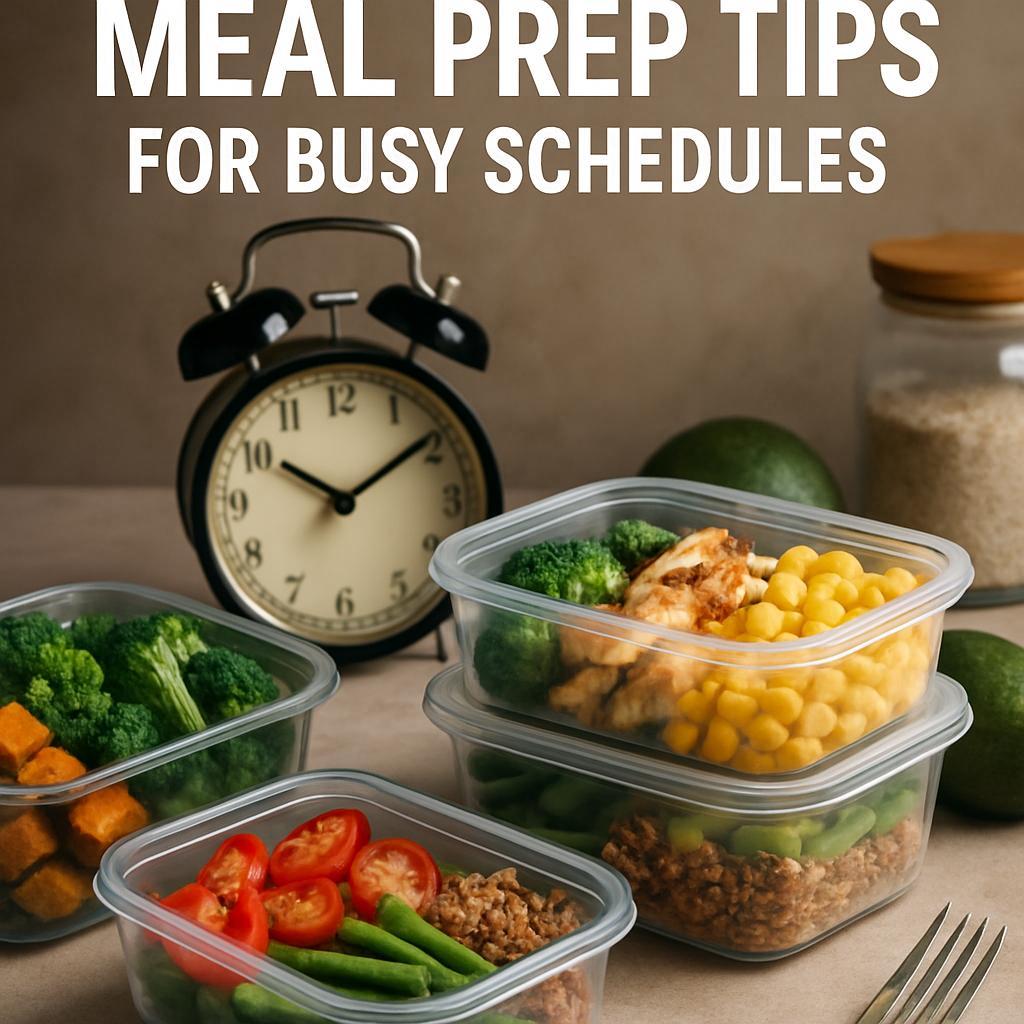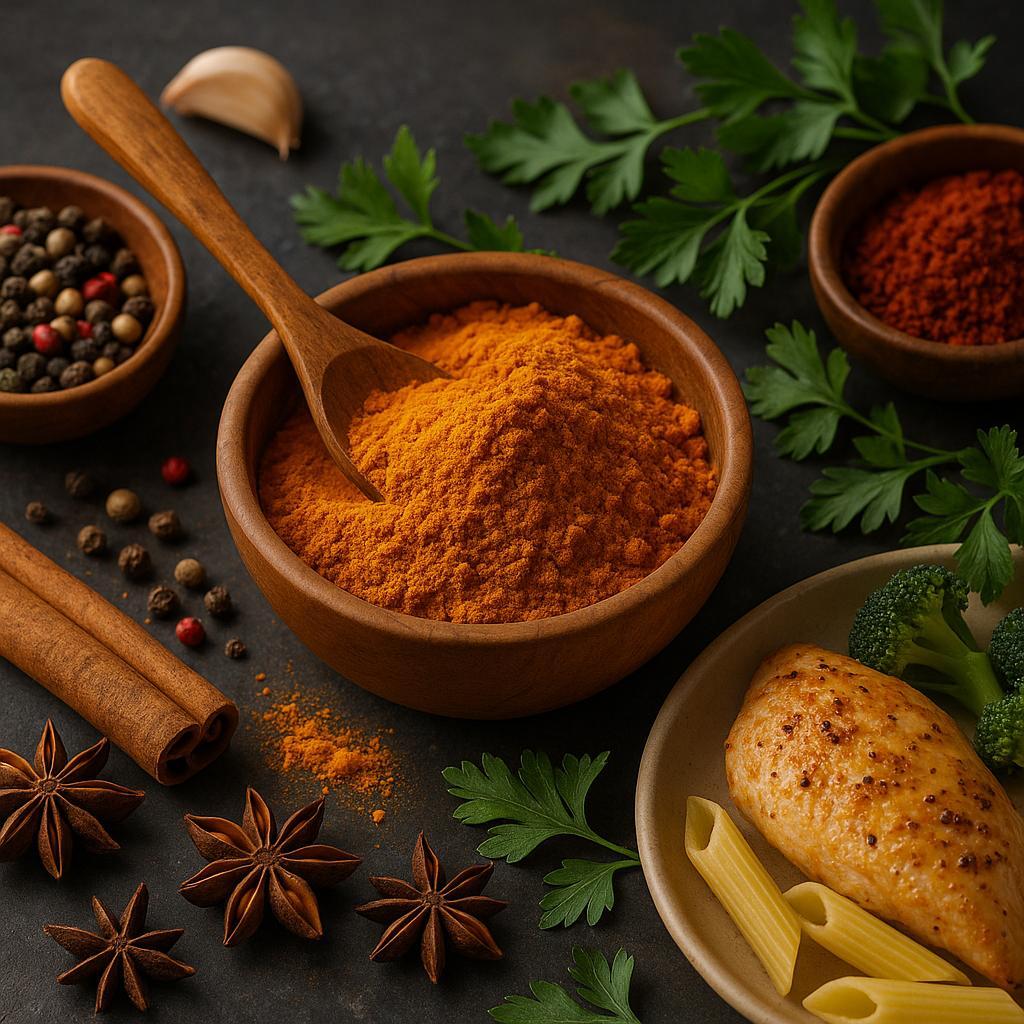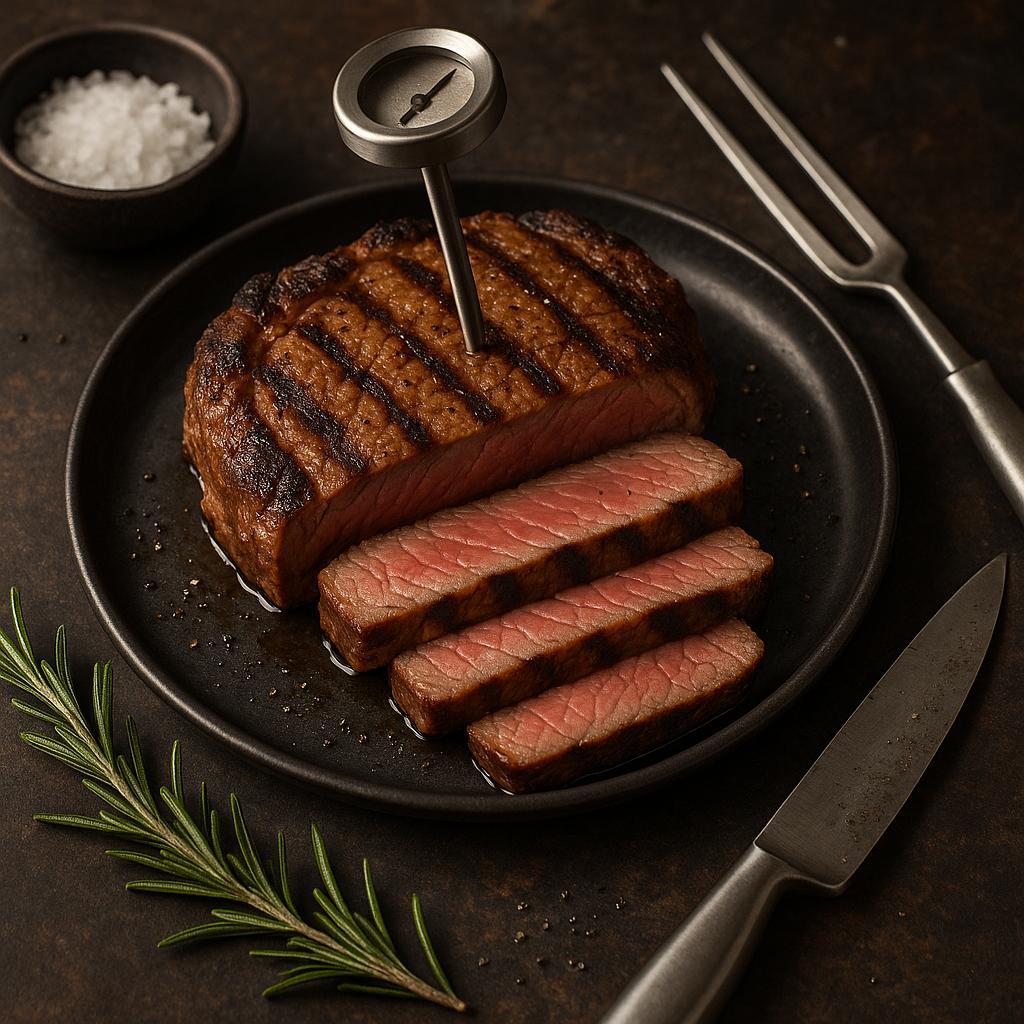Genius Leftover Upgrades That Reduce Food Waste
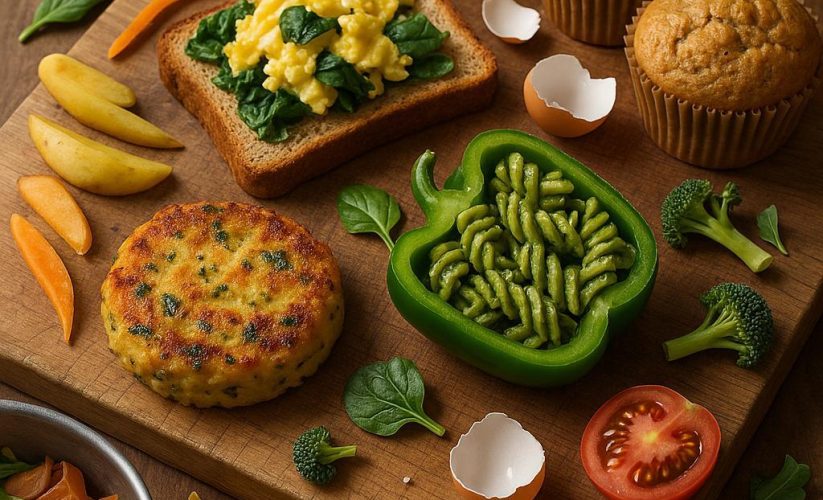
Last night’s dinner isn’t leftovers-it’s unspent potential.
Every week, good food slides toward the back of the fridge and out of mind, taking your money, time, and effort with it. With a few smart upgrades, those odds and ends can become meals you actually look forward to, cutting waste without adding work. Think of this as a mindset shift: instead of reheating the same plate, you’re refreshing textures, layering flavors, and giving familiar ingredients a new role. The result is less guilt, more variety, and a kitchen that works harder for you.
Ahead, discover simple ways to reimagine what’s already on hand-and turn “extras” into the most interesting part of the menu.
Table of Contents
- Crispy makeovers that bring soggy leftovers back to life
- Sauce and spice upgrades that turn random bits into bold new meals
- Freezer first aid for saving almost forgotten dishes
- Storage habits that stretch the life of produce and herbs
- Q&A
- The Way Forward
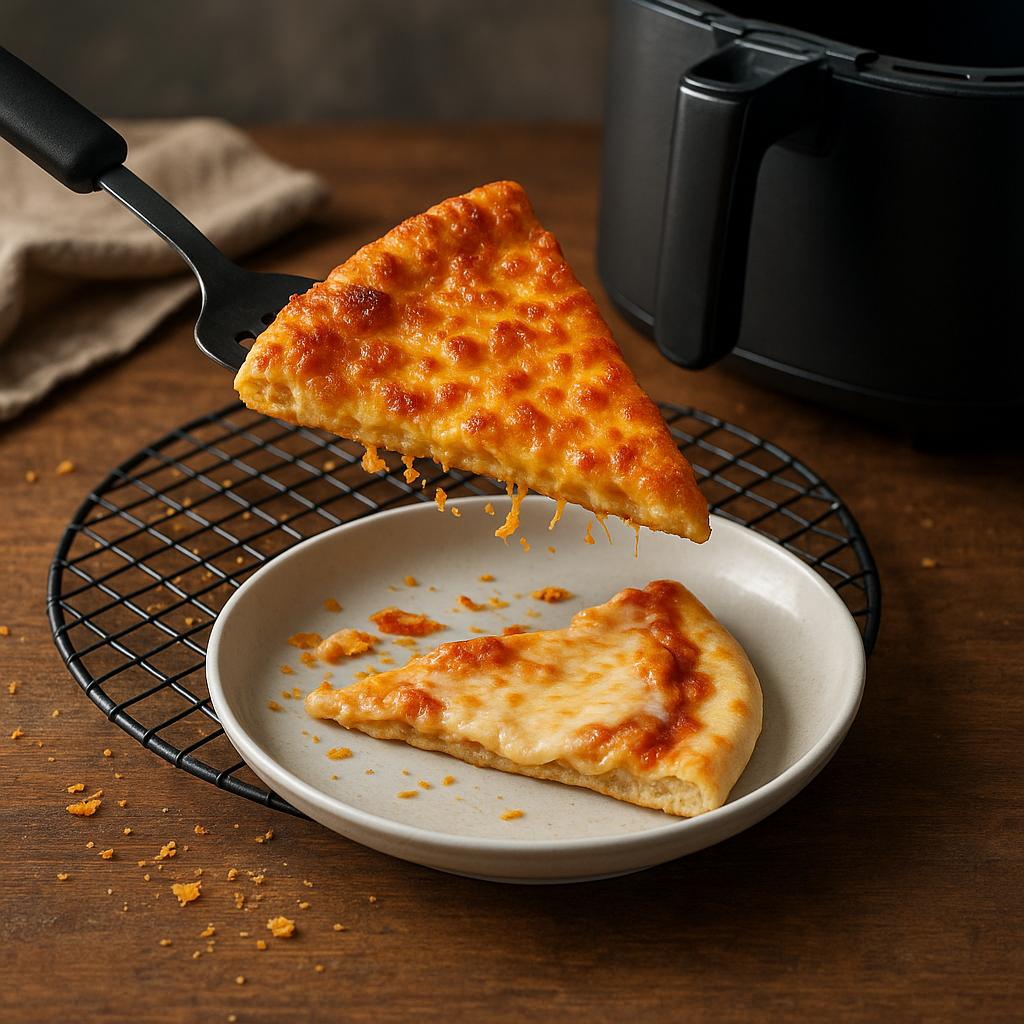
Crispy makeovers that bring soggy leftovers back to life
Your goals: drive off moisture, lift food so air can circulate, and add a little fresh fat where the crust needs it. For pizza, heat a dry skillet over medium until hot, lay in a slice for 2-3 minutes to crisp the bottom, drip 1 teaspoon water at the pan’s edge and cover 30 seconds to re-soften cheese, then uncover and slide under a hot broiler for 60 seconds for blistered edges. Fries and tots bounce back in an air fryer at 380-400°F for 4-6 minutes after a light oil mist; on a sheet pan, preheat both pan and a wire rack at 450°F, spread in a single layer, and roast 8-10 minutes, shaking once. Breaded chicken regains snap on a rack at 375°F for 12-15 minutes; for extra crunch, dust lightly with cornstarch or rice flour and mist with oil before reheating, then rest 2 minutes so the crust sets. Roasted vegetables perk up in a ripping-hot skillet with a thin film of oil-press to maximize contact and finish with a splash of vinegar or lemon. Dumplings get new lace: pan-fry in 1 tablespoon oil, add 2 tablespoons water mixed with 1 teaspoon flour, cover to steam 2 minutes, then uncover to crisp the frilly skirt.
When “revive” isn’t enough, “rebuild” to crisp: turn day-old rice into golden cakes by mixing 2 cups rice with 1 egg, 1 sliced scallion, and a pinch of salt; press into a thin 8-inch patty in an oiled skillet over medium-high and cook 4-5 minutes per side until shatteringly crisp. Toss limp fries into a 425°F oven 5 minutes, then cut into batons and roast another 8 minutes with smoked paprika to make patatas bravas-serve with quick garlic mayo. Press leftover pasta or stuffing in a waffle iron (lightly oiled) 6-8 minutes for a crunchy grid that traps sauces. Revive soggy flatbreads by brushing with oil, sprinkling with za’atar or chili-lime salt, and baking at 350°F for 8-10 minutes into chips. Fold yesterday’s roasted veg into a quick chickpea-flour batter (1/2 cup besan, 1/3 cup cold water, salt) and shallow-fry 2-3 minutes per side for crisp pakoras; drain on a rack so they stay crunchy, not steamy.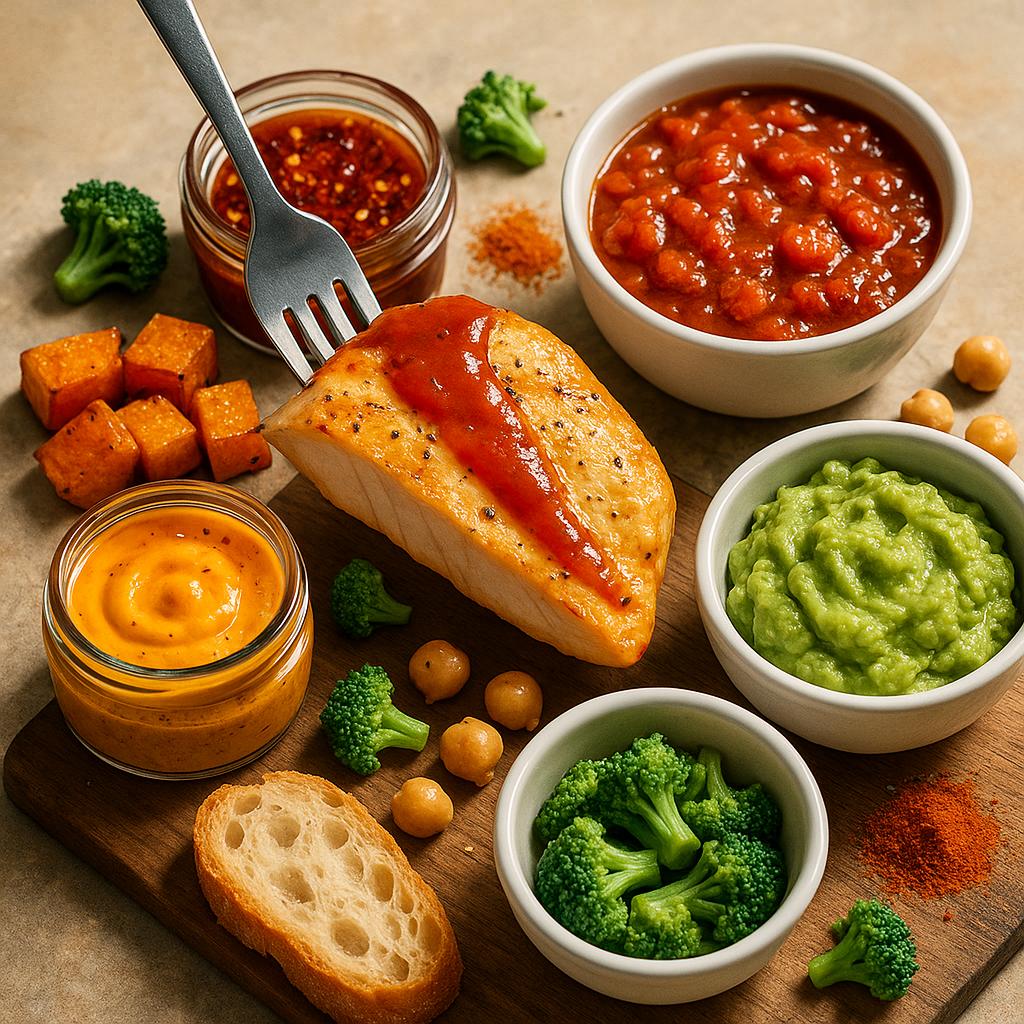
Sauce and spice upgrades that turn random bits into bold new meals
Transform stray vegetables, meats, and grains with fast, flavor-packed sauces that play well with almost anything. Try a glossy miso-maple glaze (1 tbsp white miso + 1 tsp maple + 1 tbsp rice vinegar + 1 tsp sesame oil) to revive day-old roasted carrots or to slick leftover salmon into a rice bowl. Whisk up harissa yogurt (2 tbsp harissa + 1/2 cup plain yogurt + lemon + salt) and smear it in wraps with cold roast chicken and greens, or swirl it over last night’s pizza before reheating for a spicy, creamy finish. A spoonable gochujang mayo (1 tbsp gochujang + 3 tbsp mayo + 1 tsp lime juice + optional 1/2 tsp honey) turns shredded cabbage and leftover pork into a fiery slaw for buns or rice. Purée a silky tahini-date dressing (2 tbsp tahini + 2-3 tbsp warm water + 1 pitted date + lemon + 1/4 tsp cumin + pinch salt) to rescue dry meatballs or to coat a fridge-clearing grain bowl. For noodles, whisk a quick peanut-lime sauce (2 tbsp peanut butter + 2 tbsp hot water + 1 tbsp soy sauce + 2 tsp lime juice + chili flakes + grated ginger); toss with chopped raw veg and yesterday’s shrimp for a new dinner in five.
Spices finish the job when sauces aren’t enough. Stir together a sharp chimichurri (1 cup chopped parsley + 2 tbsp red wine vinegar + 1 minced garlic clove + 1/2 tsp chili flakes + 1/3 cup olive oil + salt) and spoon it over leftover steak, roasted potatoes, or a fried egg-topped rice bowl. Sprinkle dukkah (nutty spice blend) onto roasted veg and cold quinoa to add crunch, or brush stale flatbread with oil, dust with za’atar, and bake into chips for scooping up bean salads. Bloom 1 tsp curry powder with 1 tsp tomato paste in oil, then stir into sad lentils or chickpeas for instant depth; a pinch of smoked paprika + orange zest mashed into butter melts beautifully over seared mushrooms or leftover roast chicken. Finish rice, tofu, or omelets with furikake or a drizzle of chili crisp-garlic oil (warm 1/4 cup oil with sliced garlic and chili flakes until fragrant). Store small-batch sauces in jars for 5-7 days, or freeze in ice-cube trays; a single cube dropped into a skillet can turn random bits into a cohesive, bold meal without opening new ingredients.
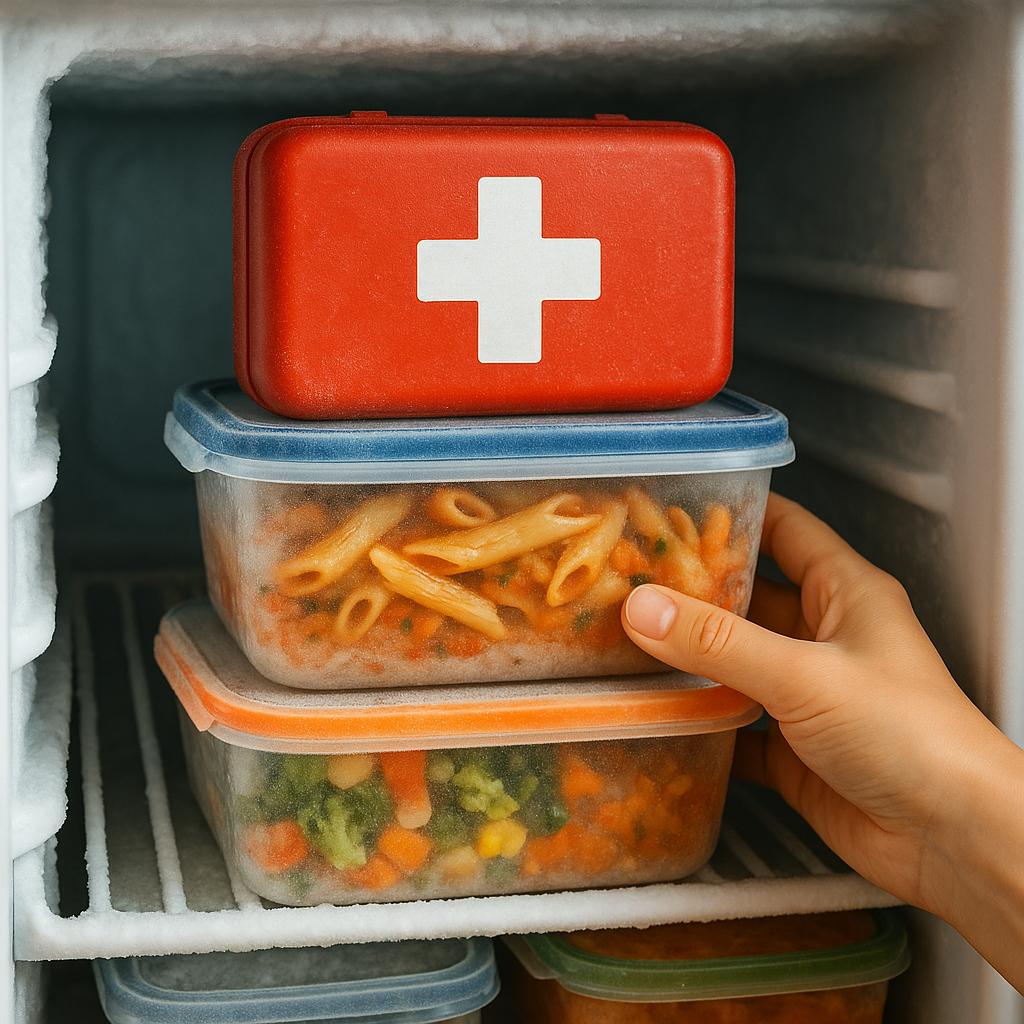
Freezer first aid for saving almost forgotten dishes
Find a frosty mystery tub? Triage before tossing. If it smells clean and the color is merely dull (not sour or rancid), it’s safe-freezer burn dries food but doesn’t make it dangerous. Thaw in the fridge or in a sealed bag under cold water, then practice rehydrate + re-crisp: for meats, gently warm 10 minutes in 1 cup hot stock with 1 teaspoon vinegar or lemon juice and a knob of butter to plump fibers, then finish with a quick sear to restore browning. Grainy soups or sauces come back with a starch fix (1 teaspoon cornstarch whisked into 1 tablespoon cold water per cup of liquid) or a fat fix (a swirl of cream, tahini, or olive oil). Bread or tortillas revive with a light mist of water and 5-8 minutes at 350°F; fries or roasted veg regain life in a 425°F oven with a slick of oil. Always finish with a brightener-citrus, vinegar, or chopped herbs-and fresh texture like toasted nuts or breadcrumbs.
Upgrade those finds into brand-new meals. Dry roast chicken or pork becomes dumpling, taco, or empanada filling when chopped and tossed with scallion, soy, and a splash of broth; leftover salmon turns into crisp fish cakes at a 1:1 ratio with mashed potato plus herbs. Cold rice is prime for fried rice, or simmer it into congee with 4 cups water per 1 cup cooked rice for 20 minutes, then top with chili oil and scallions. Mashed potatoes make golden waffles (per cup mash: 1 egg, 2 tablespoons flour, pinch of baking powder); roasted veg whizz into soup with coconut milk and curry paste; freezer-burned berries cook down into 5-minute chia jam (2 cups fruit + 2 tablespoons sugar + 1 tablespoon lemon + 1 tablespoon chia). Reheat leftovers to 165°F, then portion the remixed dish flat in airtight bags, press out air, and label with the next use + best reheat method so you actually grab it later.
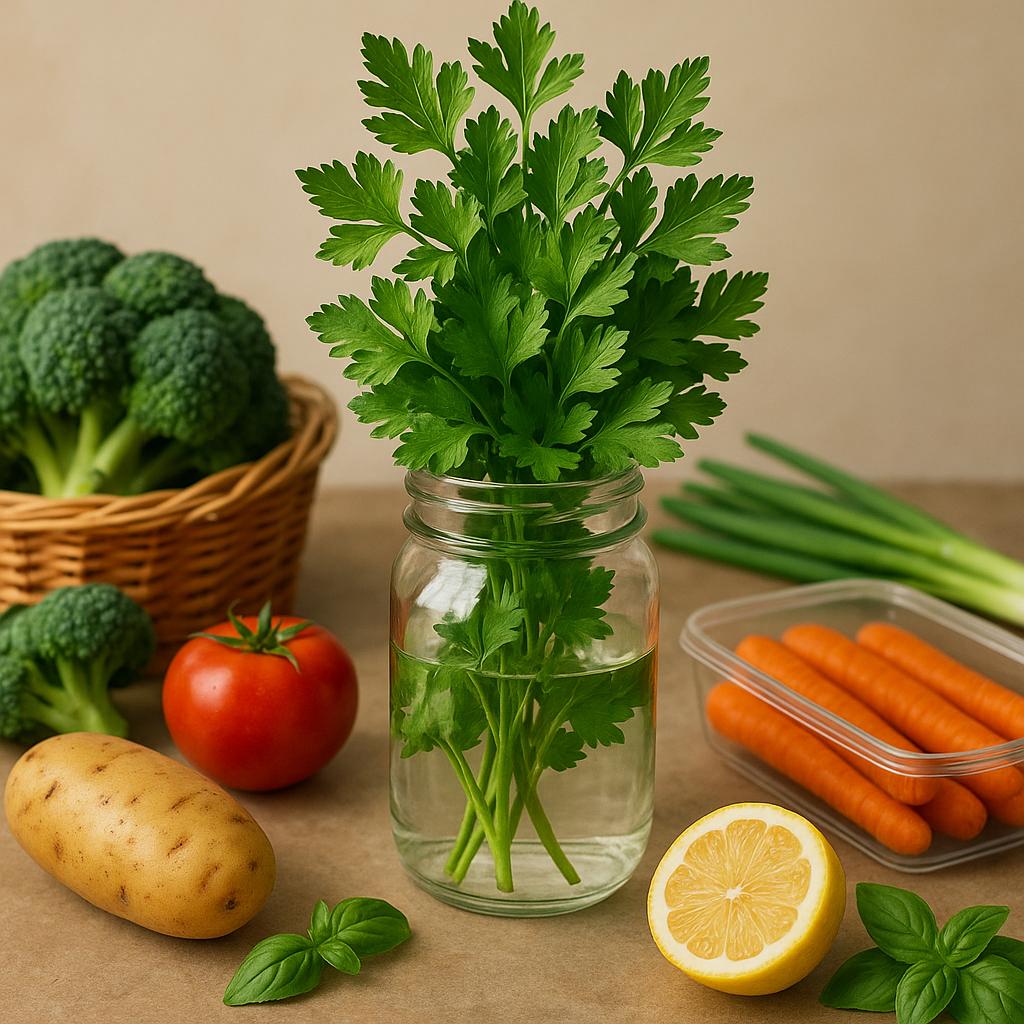
Storage habits that stretch the life of produce and herbs
Create microclimates in your fridge so produce lives longer and your leftovers stay upgrade-ready. Park leafy greens, broccoli, and cucumbers in the high-humidity drawer (vent closed) to slow wilting, and keep apples, pears, avocados, and stone fruit in the low-humidity drawer (vent open) so ethylene can escape. Separate ethylene emitters (apples, bananas, tomatoes) from sensitive items like berries and greens to prevent premature spoilage. Slip mushrooms into a paper bag, wrap celery snugly in foil to curb moisture loss, and submerge peeled carrots in cold water, changing it every few days. For berries, do a quick rinse in a 1:3 vinegar-to-water dip, dry fully, then store in a shallow, lined container with airflow-this inhibits mold and preserves texture. Spin-dry lettuces and store in a lidded container with a barely damp towel; keep tomatoes at room temp until cut. Use clear containers and date labels to surface what needs love first, turning near-limp veg into quick stir-fry add-ins or soup starters before they cross the line.
Handle herbs by type and you’ll triple their window for flavoring leftovers. Treat soft herbs-parsley, cilantro, dill-like flowers: trim ends, stand them in an inch of water, tent loosely with a bag, and refrigerate; refresh water every 2-3 days. Keep basil at room temperature in water (the fridge blackens it), and store hardy herbs-rosemary, thyme, sage-rolled in a barely damp towel inside a breathable container. Before they fade, chop any mix of herbs and stems with olive oil and freeze in ice-cube trays; drop a cube into sautéed rice, leftover roasted potatoes, or soup to add instant freshness. Save scallions upright in a jar with an inch of water and a loose bag over the top; they’ll stay perky and even regrow. Revive wilted greens or herbs in an ice-water bath for 10 minutes, then pat dry to restore snap. Corral citrus zest and herb stems in a freezer jar for chimichurri, salsa verde, or broth infusions-small, deliberate stashes that turn would-be waste into flavor boosts.
Q&A
What’s the fastest way to turn limp roasted vegetables into something craveable?
Hit them with high heat and contrast. Re-crisp in a hot skillet or air fryer, then add brightness (lemon, vinegar, or a spoon of pesto) and richness (olive oil, miso-butter, or tahini). Fold into a frittata or grain bowl, blitz with stock for a silky soup, or chop into a hash. Finish with texture-toast stale bread into pangrattato (crunchy crumbs) and sprinkle on top.
How can I rescue dry chicken or pork without turning it into sawdust?
Shred it and rehydrate in a flavorful sauce (brothy salsa verde, coconut curry, or soy-ginger), simmering just until juicy. Or steam slices briefly over aromatic broth, then glaze with the reduced liquid. Thinly slice into noodle soups, tuck into dumplings or quesadillas with melty cheese, or mix with mashed potatoes for croquettes. Reheat leftovers to 165°F/74°C for safety.
What’s the smartest upgrade for leftover rice or pasta so it tastes fresh, not tired?
Rice loves a hot pan: spread to dry, then stir-fry in oil until toasty, finishing with an egg, scallions, and a splash of vinegar or citrus. Pasta can become a crisp-edged frittata: toss with beaten eggs, cheese, and herbs, then pan-sear and bake. For cold pasta, revive with a hot vinaigrette (warm olive oil, garlic, and acid) to reawaken the starch and absorb flavor. Or press noodles into a skillet “pancake” for golden crunch.
What should I do with small spoonfuls of sauces, dips, and condiments cluttering the fridge?
Decant into ice-cube trays and freeze flavor “bombs” for quick pan sauces and marinades. Whisk thick sauces 1:2 with stock or pasta water for instant glaze. Thin hummus with broth for a creamy soup, stir pesto into softened butter for compound butter, fold salsa into bean braises, blend yogurt with spices and citrus for a tenderizing marinade, or loosen peanut sauce with hot water for satay-style noodles.
Can produce peels and stems actually become good food instead of compost?
Yes-stash clean onion skins, carrot peels, celery ends, corn cobs, and mushroom stems in a freezer bag; simmer 45-60 minutes for a quick stock, then freeze flat in bags. Finely chop herb stems for chimichurri or salsa; shave broccoli or chard stems into slaw and marinate; roast potato peels into chips; dry citrus zest or leek greens low and slow, then blitz with salt for an aromatic finishing salt.
How do I store and reheat leftovers to reduce waste and keep quality high?
Cool fast in shallow containers (under 2 inches deep), label with name and date, and use a “first-in, first-out” system. Refrigerate within 2 hours; eat within 3-4 days or freeze sooner in meal-size portions. Reheat moist foods gently on the stove with a splash of liquid; re-crisp breads and roasted items in a hot oven or air fryer. Keep sauces and crunchy elements separate until serving, and create an “eat-me-first” bin so nothing gets lost.
The Way Forward
You’ve seen how simple remixes, smarter storage, and a touch of creativity can turn “extras” into easy wins-saving money, time, and ingredients while cutting waste. The value isn’t in perfection but in noticing what you already have and nudging it forward. Before your next shop, scan the fridge, pick one leftover, and give it a second life. Do that once this week and you’ll start a rhythm where waste shrinks and flavor grows. Waste less, taste more-your kitchen will feel better for it.

